Select an Orthopaedic Specialty and Learn More
Use our specialty filter and search function to find information about specific orthopaedic conditions, treatments, anatomy, and more, quickly and easily.
GET THE HURT! APP FOR FREE INJURY ADVICE IN MINUTES
Shoreline Orthopaedics and the HURT! app have partnered to give you virtual access to a network of orthopaedic specialists, ready to offer guidance for injuries and ongoing bone or joint problems, 24/7/365.
Browse Specialties
-
- Fractures, Sprains & Strains
- Hand & Wrist
Finger Fracture
When just one finger bone is fractured, it can cause the entire hand to be out of alignment, making use of your hand difficult and painful. Without proper treatment, that stiffness and pain may become permanent. In addition to pain, common symptoms of a fractured finger may include swelling, tenderness, bruising, or a deformed appearance or inability to move the injured finger.
More Info -
- Fractures, Sprains & Strains
- Pediatric Injuries
- Sports Medicine
Growth Plate Fractures
A child’s long bones do not grow from the center outward. Instead, growth occurs in the growth plates—areas of developing cartilage located near the ends of long bones. The growth plate regulates growth and helps determine the length and shape of the mature bone. A child’s bones heal faster than an adult’s so it is extremely important for your child’s injured bone to receive proper treatment immediately, before it can begin to heal.
More Info -
- Arthritis
- Elbow
- Joint Disorders
- Sports Medicine
Loose Body in the Elbow
Loose bodies are small fragments of bone or cartilage that have broken off inside a joint. As these fragments float free within the elbow, they can cause pain and even get caught in the moving parts of the joint.
More Info -
- Fractures, Sprains & Strains
- Ligament Disorders
- Muscle Disorders
- Neck and Back (Spine)
Low Back Pain
The most common causes of lower back pain are strains and sprains to the muscles, tendons or ligaments of the low back, ranging from simple overstretching injuries to partial or complete tears. the muscles surrounding the injured area typically become inflamed, causing back spasms that result in severe lower back pain and difficulty moving.
More Info -
- Neck and Back (Spine)
Lumbar Spinal Stenosis
Lumbar spinal stenosis is a common cause of pain in the lower back and legs. As we grow older, our spines change and over time, normal wear-and-tear and the effects of aging can lead to a narrowing of the spinal canal (spinal stenosis). This puts pressure on the spinal cord and spinal nerve roots, and may cause pain, numbness or weakness in the legs.
More Info -
- Foot & Ankle
- Podiatry
Morton’s Neuroma
Morton’s neuroma is not actually a tumor—it is a thickening of the tissue that surrounds the digital nerve leading to the toes. Morton’s neuroma most frequently develops between the third and fourth toes, and occurs where the nerve passes under the ligament connecting the toe bones (metatarsals) in the forefoot.
More Info -
- Knee
- Pediatric Injuries
- Sports Medicine
Osgood-Schlatter Disease
In Osgood-Schlatter disease, children have pain at the front of the knee due to inflammation of the growth plate (tibial tubercle) at the upper end of the shinbone (tibia). When a child participates in sports or other strenuous activities, the quadriceps muscles of the thigh pull on the patellar tendon which, in turn, pulls on the tibial tubercle. In some children, this repetitive traction on the tubercle leads to the inflammation, swelling and tenderness of an overuse injury.
More Info -
- Foot & Ankle
- Ligament Disorders
- Podiatry
Plantar Fasciitis
Although the plantar fascia is designed to absorb the high stresses and strains placed on the feet, sometimes too much pressure can damage or tear these tissues. The body’s natural response to such an injury is inflammation, which results in heel pain and stiffness of plantar fasciitis.
More Info -
- Joint Disorders
- Knee
Unstable Kneecap (Patella Instability) Procedures
In a normal knee, the kneecap fits nicely in the femoral groove, allowing you to walk, run, sit, stand, and move easily. But if the groove is uneven or too shallow, the kneecap can slide off, resulting in a partial or complete dislocation. A sharp blow to the kneecap, as in a fall, can also pop the kneecap out of place. When this happens, the MPFL is usually torn and this makes it more likely for it to happen again.
More Info



